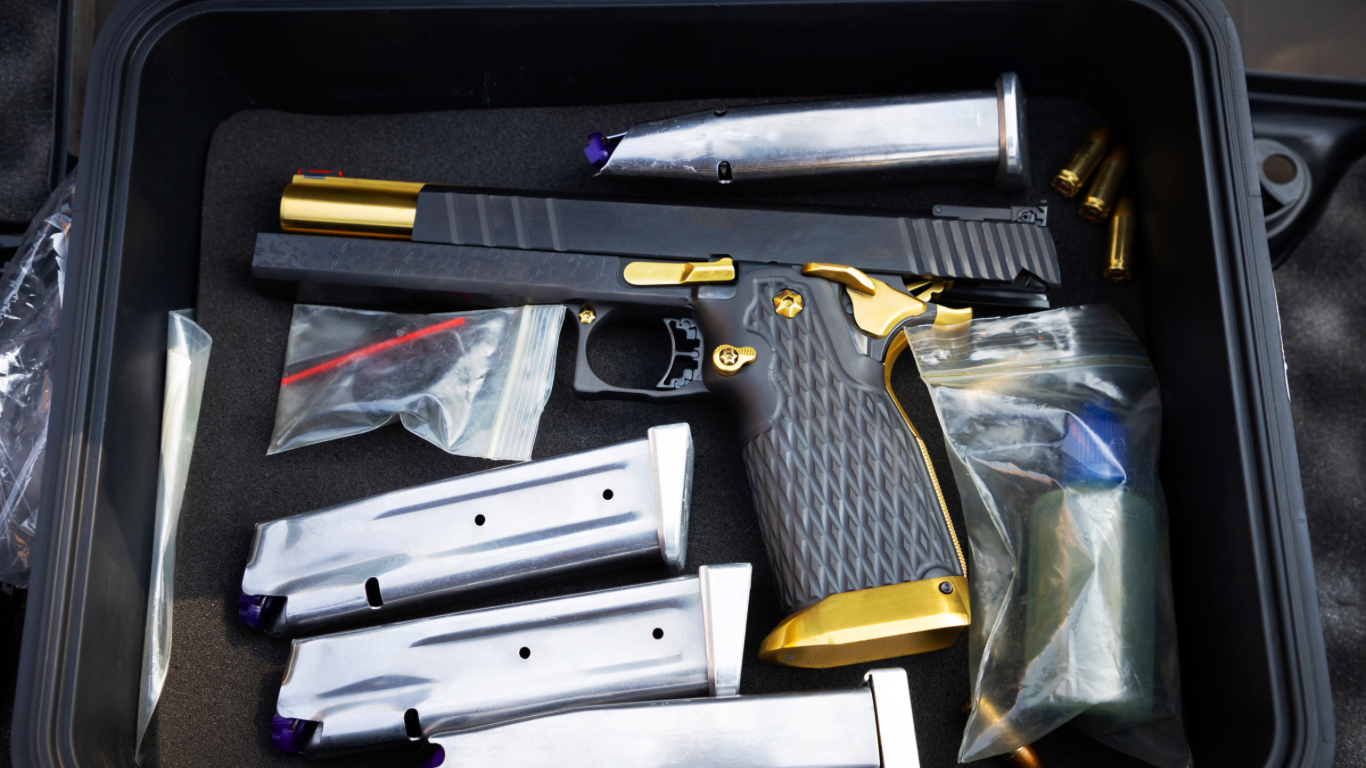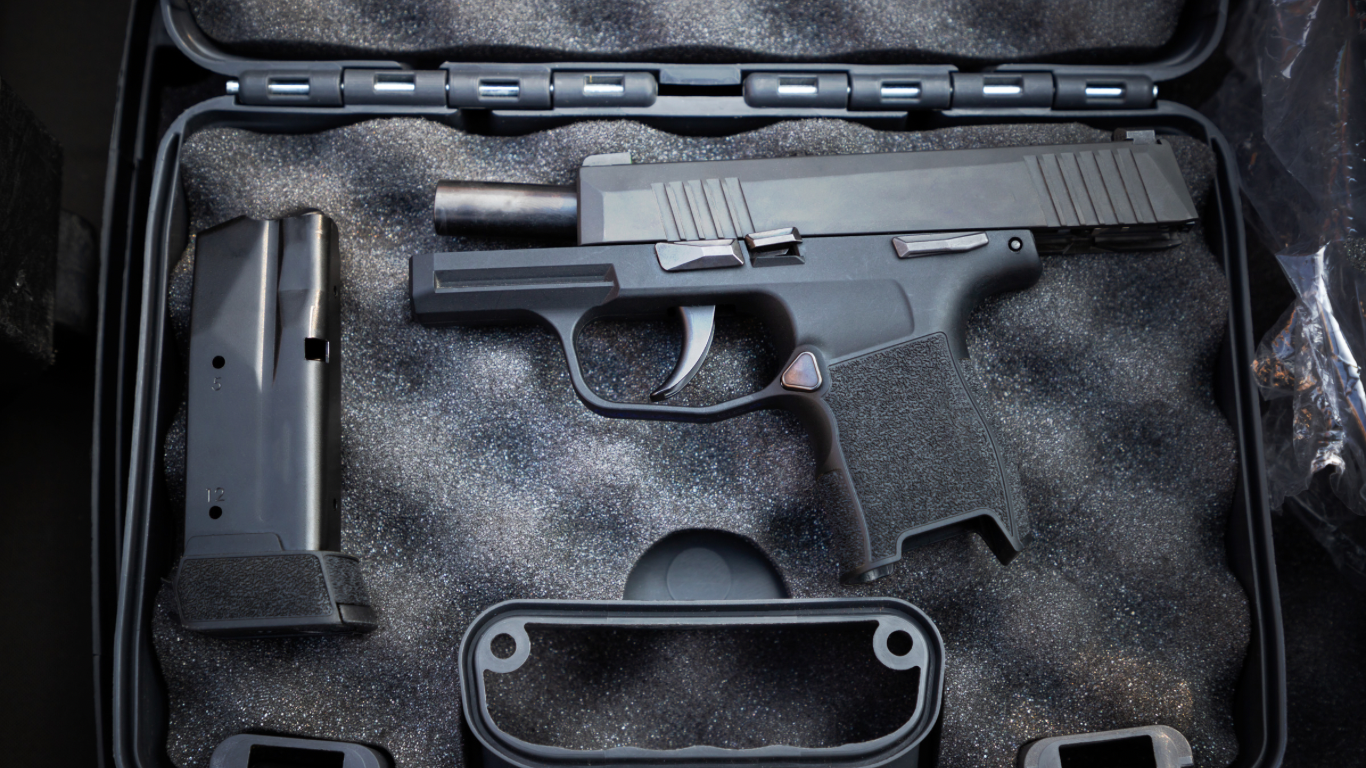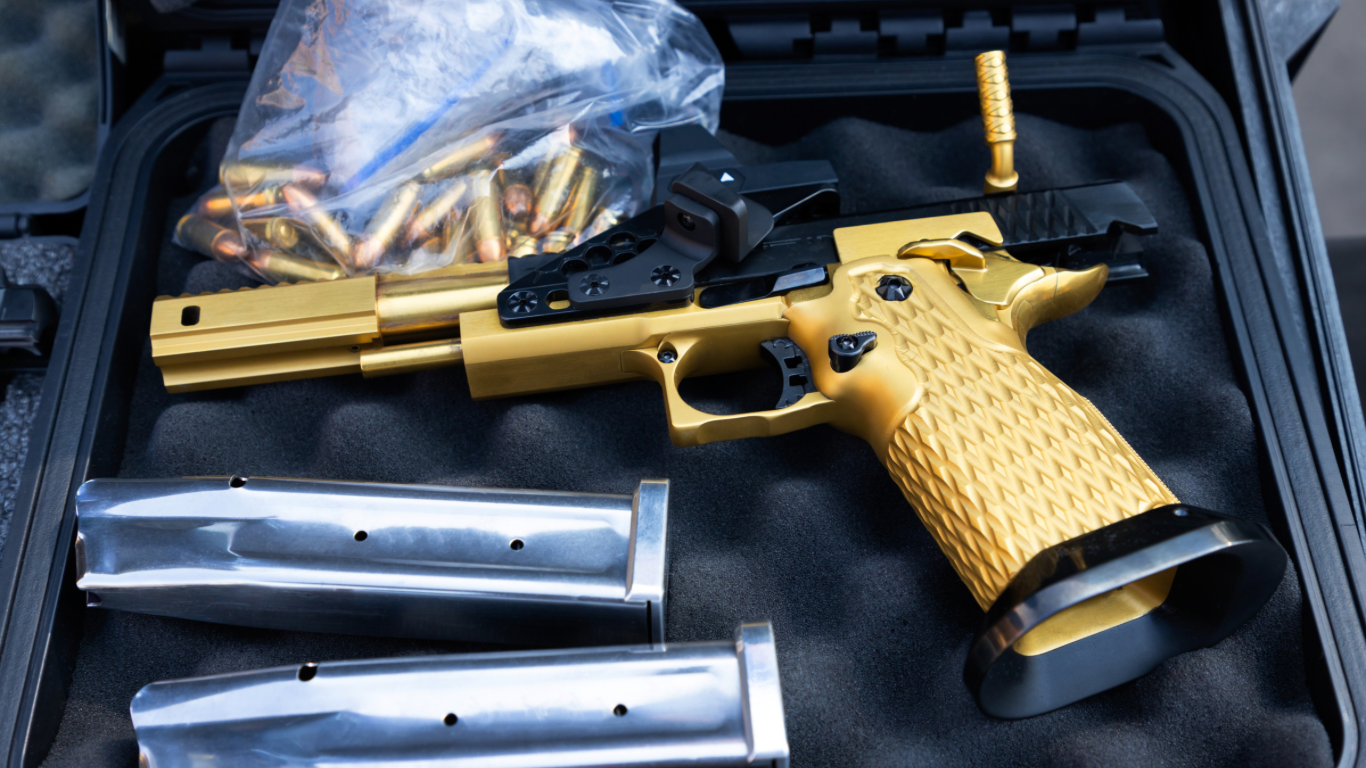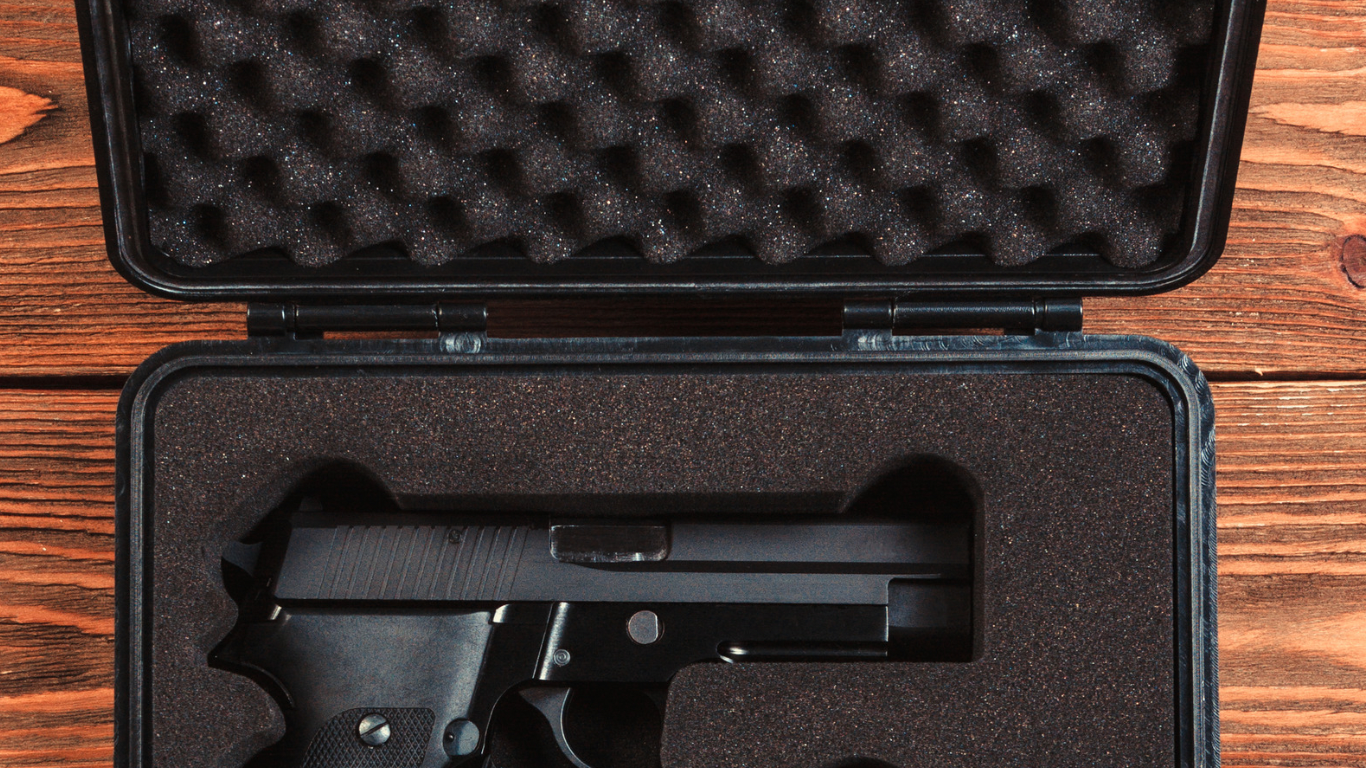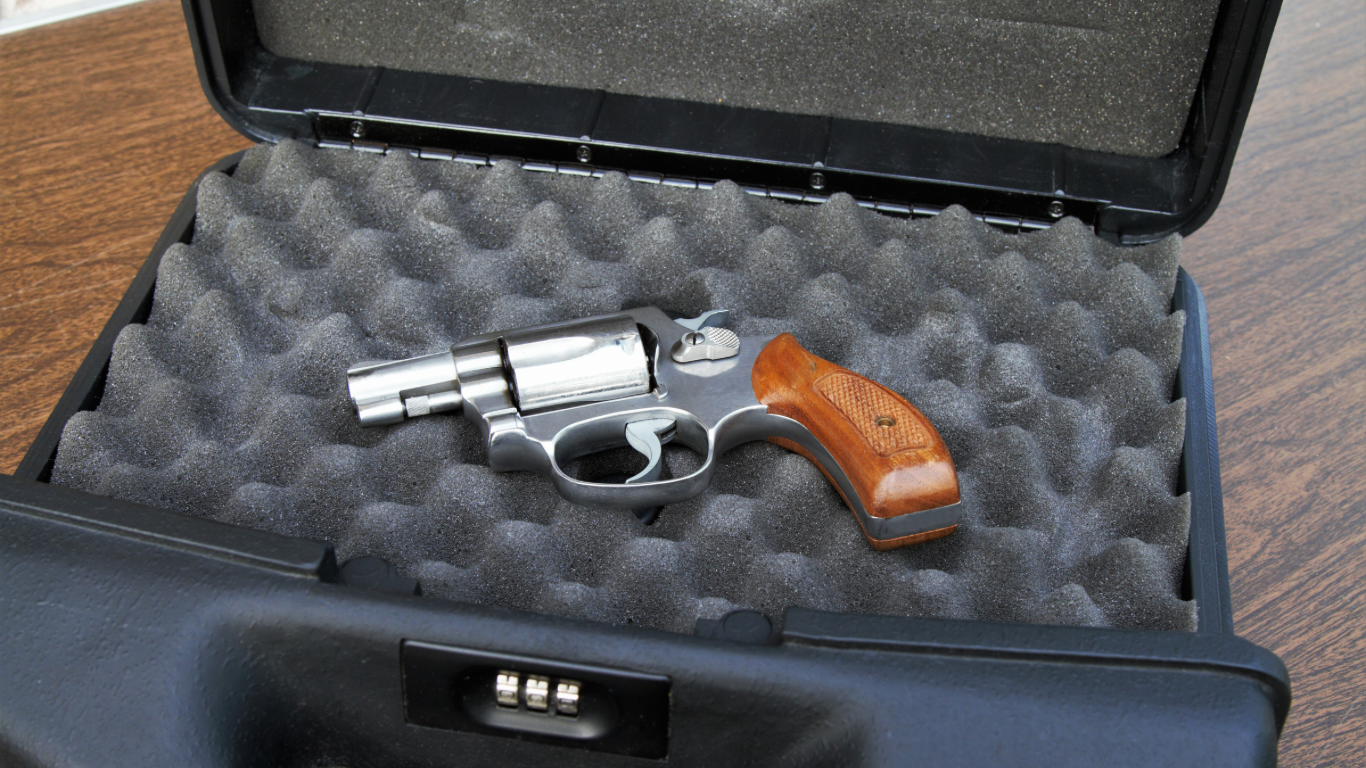Gun and ammo transportation is a sensitive issue that fuels a lot of misconceptions. When traveling with firearms and ammunition, it’s important to comply with the laws and regulations set by your state, city, and the federal government. Unfortunately, many people misunderstand or underestimate these regulations, which can lead to confusion, frustration, and legal problems. In this post, we’ll debunk some of the most common misconceptions about gun and ammo transportation, so you can travel safely and legally while exercising your Second Amendment rights.
Misconception #1: You can carry guns and ammo in your checked luggage without restrictions.
Fact: The Transportation Security Administration (TSA) has strict rules about how guns and ammunition should be packed and declared in checked luggage. Guns should be unloaded, placed in a locked case, and declared at the check-in counter. Ammunition should be securely packed in their original boxes or in other acceptable containers that prevent them from rolling around or spilling. Additionally, different airlines may have their own rules and fees for transporting guns and ammo, so it’s important to check with them before your trip.
Misconception #2: You can carry guns and ammo in your carry-on baggage as long as you have a license.
Fact: Firearms and ammunition are strictly prohibited in carry-on bags, regardless of whether you have a license or not. If you attempt to bring guns or ammo in your carry-on bags, you may face criminal charges, fines, and/or TSA Pre-Check revocation. Even if you have a concealed carry permit, the rules apply to you. The only exception is for law enforcement officers who are traveling on official duty with proper credentials.
Misconception #3: You can ship guns and ammo without restrictions as long as it’s legal in your state.
Fact: Shipping guns and ammo may involve multiple regulations and restrictions, depending on where you’re shipping from and to. For instance, some states such as California and New York have more stringent rules on firearms and ammunition than others. Moreover, some shipping carriers such as USPS, UPS, and FedEx have their policies on guns and ammo shipment that you must comply with. Generally, you should ship firearms and ammunition through an authorized dealer or broker who can handle the paperwork and ensure compliance with the law.
Misconception #4: You can use any type of container to store guns and ammo during transportation.
Fact: Whether you’re carrying guns and ammo in your car, boat, or airplane, you need to ensure they are safely and securely stored in appropriate containers. Depending on the type and quantity of guns and ammo, you may need to use separate containers for each item or use specific containers that meet certain standards. For instance, the Department of Transportation requires that containers for small arms cartridges must be made of metal or wood and able to withstand extreme temperatures and pressures.
Misconception #5: You don’t need to know the gun and ammo laws of the states you’re traveling to.
Fact: When traveling with guns and ammo, you should research the laws and regulations of your destination, especially if you’re crossing state lines or entering another country. Some states have stricter gun laws than others or prohibit certain types of guns or ammo. Moreover, some states require a permit or license to carry guns or ammo, while others don’t. Ignorance of the law is not an excuse, and you may face penalties if you violate the laws of the states you’re in.
Conclusion
Traveling with guns and ammo can be a tricky business, but it doesn’t have to be a burden or a threat to your safety and legal status. By understanding and following the rules and regulations of gun and ammo transportation, you can enjoy your Second Amendment rights while respecting the laws and security measures of the places you’re going to. Remember, the more you know, the easier and safer your trip will be.

